The Reggia di Venaria, a monumental complex on the outskirts of Turin and a UNESCO World Heritage Site, presents until Sept. 15 the exhibition Capodimonte from Reggia to Museum. Five Centuries of Masterpieces from Masaccio to Andy Warhol, hosted in the Halls of the Arts. The exhibition features a selection of about seventy masterpieces from Capodimonte’s art collections, including works by great masters such as Masaccio, Parmigianino, Titian and Caravaggio, to name but a few. It is an itinerary designed to allow visitors to explore the Capodimonte collection, a Royal Palace transformed into a great museum over the centuries. The works all belong to the Museo e Real Bosco di Capodimonte and stop in Turin after also being loaned en bloc to the Louvre, where they have been on display from June 7, 2023 until January 8, 2024. The exhibition was made possible through the intervention of the Ministry of Culture and realized by the Consortium of the Royal Residences of Savoy, in collaboration with the Capodimonte Museum and Real Bosco of Capodimonte and the Royal Museums of Turin.
The exhibition aims to tell an extraordinary story that begins with Charles of Bourbon’s conquest of the throne of the Kingdom of Naples and the Farnese family’s maternal legacy. It analyzes the arrangement and arrangement of works of art in the Reggia di Capodimonte over the centuries until the birth of the Museo Nazionale di Capodimonte in 1957. There is also a room devoted to “’Neapolitan’ Artists for the Savoy Court,” with important loans from the collections of the Royal Museums of Turin. On display here are works by artists such as Francesco Solimena, Sebastiano Conca, Corrado Giaquinto and Francesco De Mura, representing the great artistic season of 18th-century Naples, under the supervision of architect Filippo Juvarra.
The works on display illustrate the evolution of the ruling dynasties and the main collecting nuclei: Farnese, Bourbon and works from churches in the area. The rise to power of the Farnese family is highlighted, following their vicissitudes through residences in Rome, Parma, Piacenza, Bologna and Naples, and their relationships with major Renaissance and Baroque artists. The review reveals part of the magnificent collections housed in the renowned Bourbon residence in Naples. Commissioned starting in 1738 by King Charles of Bourbon, the Reggia di Capodimonte not only served as a hunting lodge on the hill of the same name, but also housed the Farnese Collection, inherited by the sovereign from his mother and open to selected visitors. Over the centuries, this collection has been enriched by the Bourbons, the Savoy family, and finally the Italian Republic, reflecting the artistic landscape of Naples up to contemporary art. The exhibition offers a look at some of its masterpieces, telling the story of this great southern picture gallery, counted among the most prestigious in Europe.
In the 18th century, the Kingdom of Sardinia and the Kingdom of Naples were the main monarchies of the Peninsula. Although politically competing, with different ambitions, the two realities cultivated intense cultural relations. Neapolitan artists, active for the Savoy court, contributed to the decoration of royal palaces and theatrical works in Turin. Works on display in the Royal Museums of Turin document this fruitful artistic collaboration. The exhibition presents masterpieces by artists such as Francesco Solimena, Sebastiano Conca, Corrado Giaquinto and Francesco De Mura, highlighting their contributions to the 18th-century art scene.

Masaccio, Crucifixion (1426; tempera on panel, 83 x 63 cm; Naples, Museo Nazionale di Capodimonte)
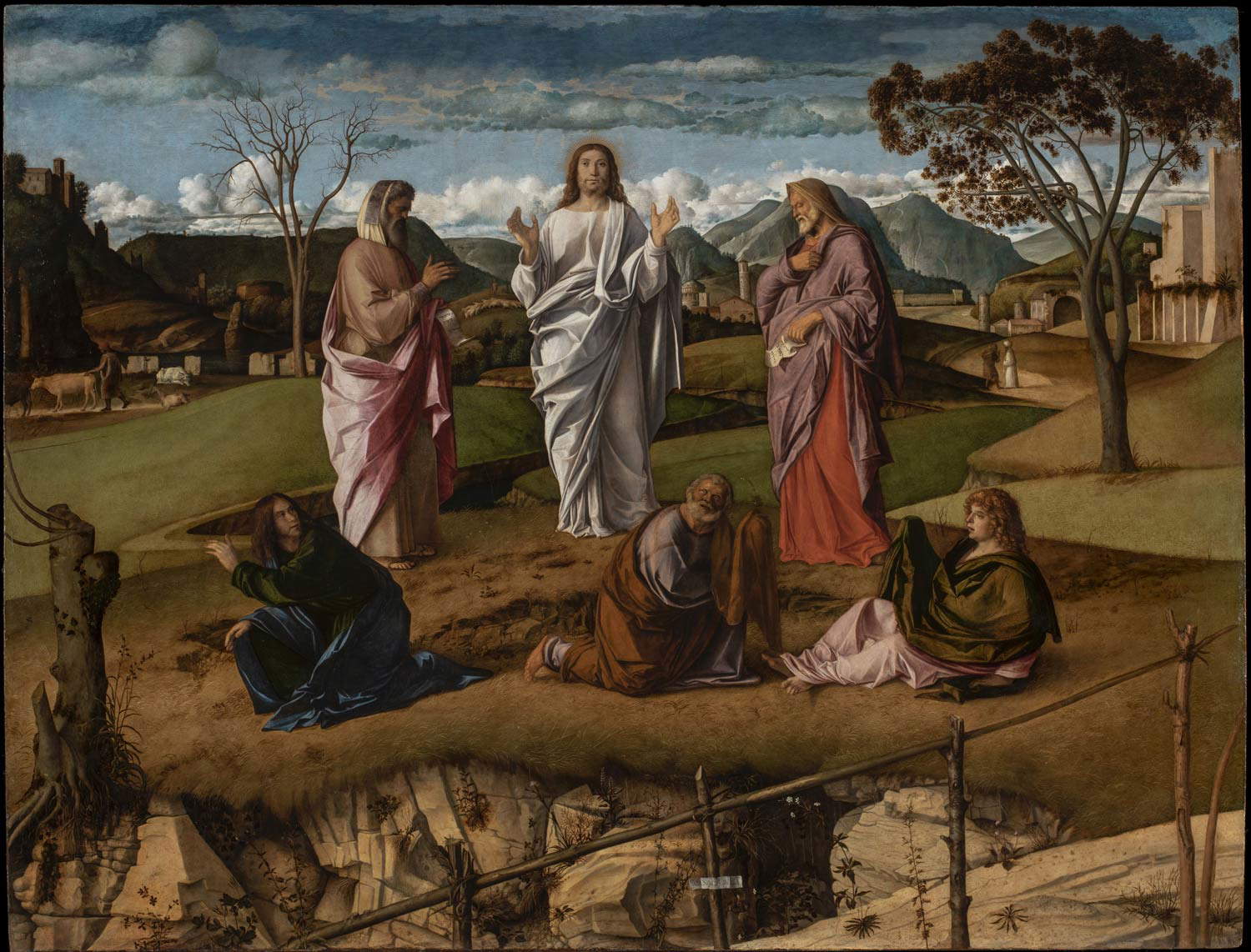
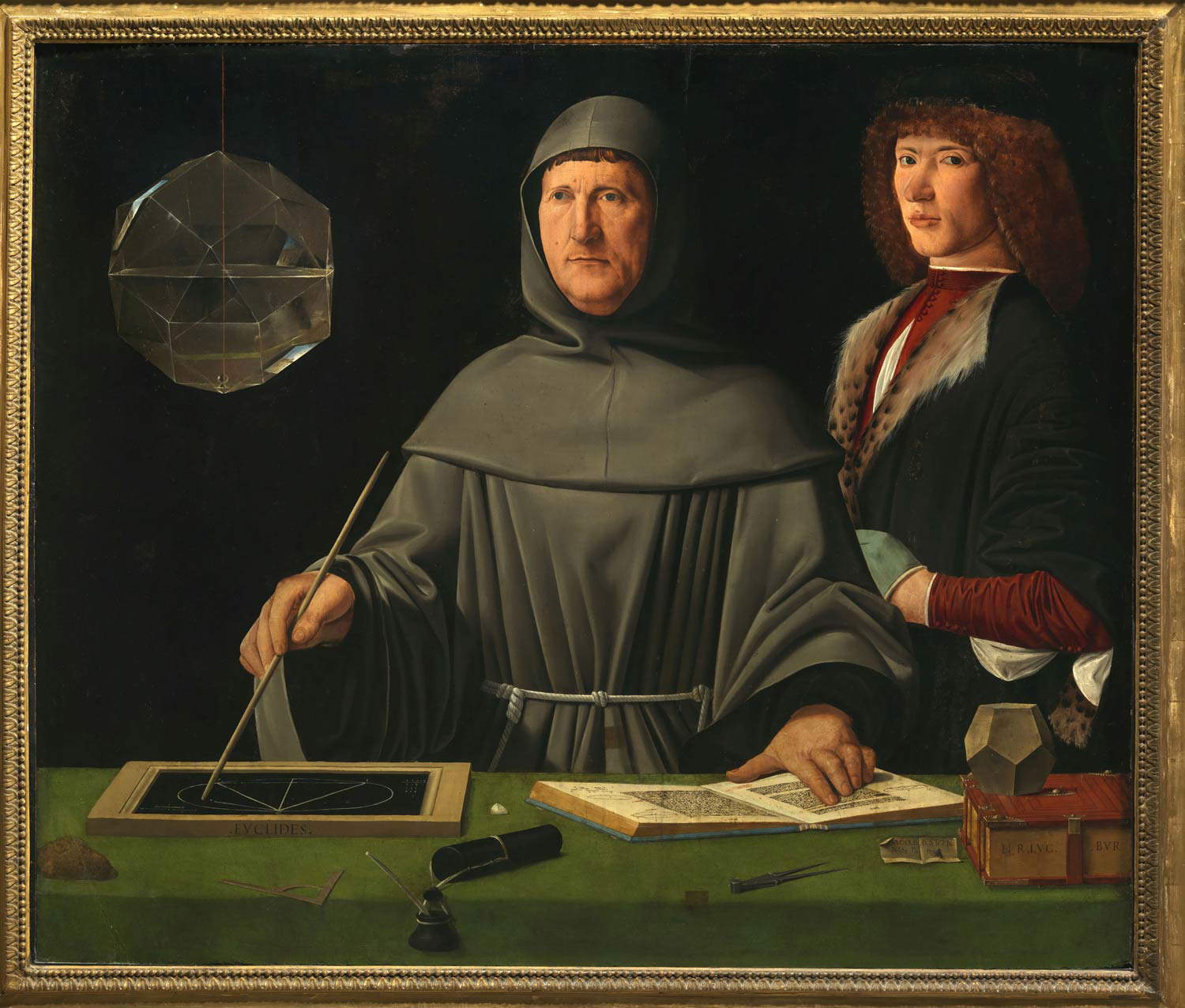
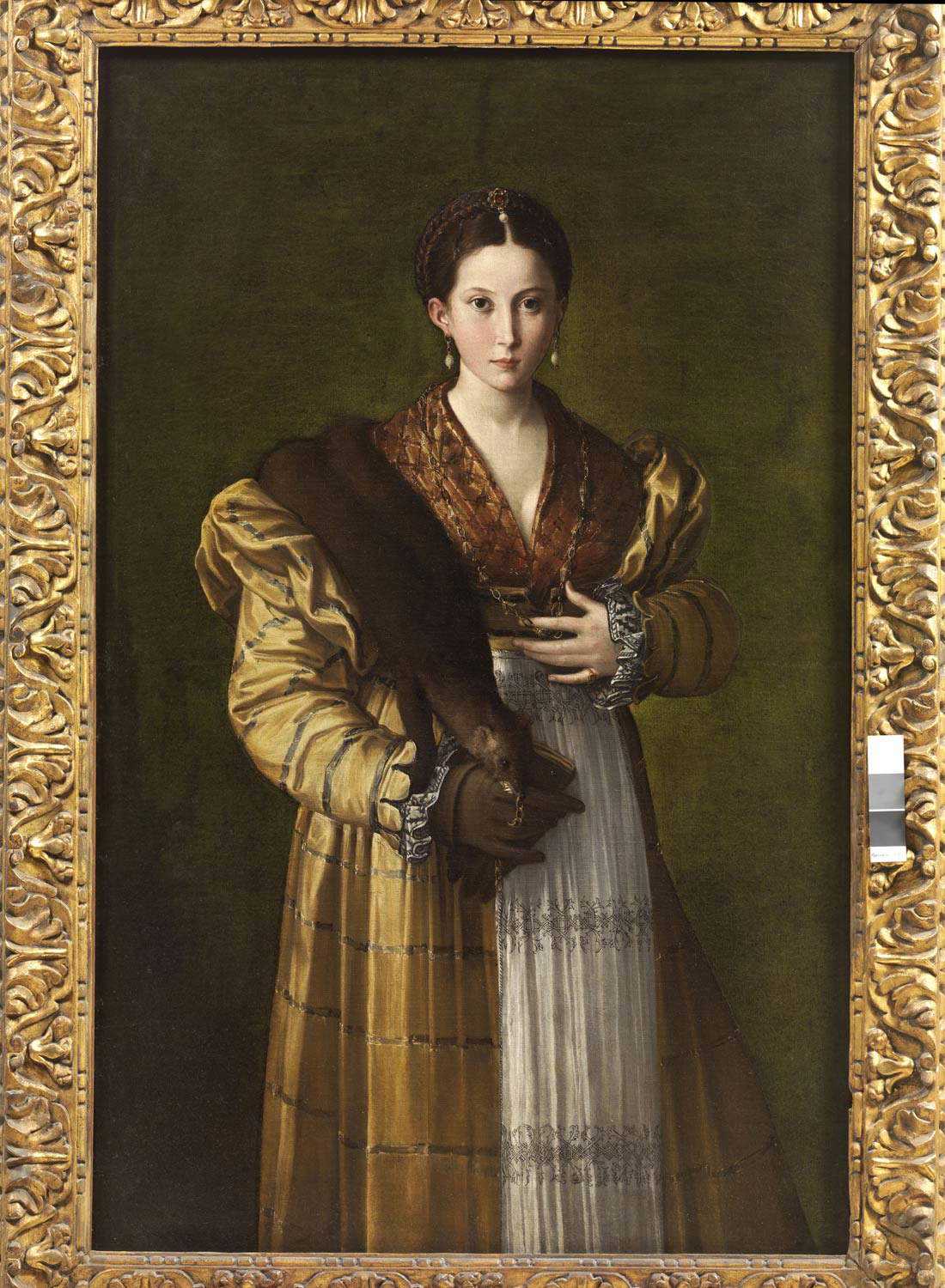
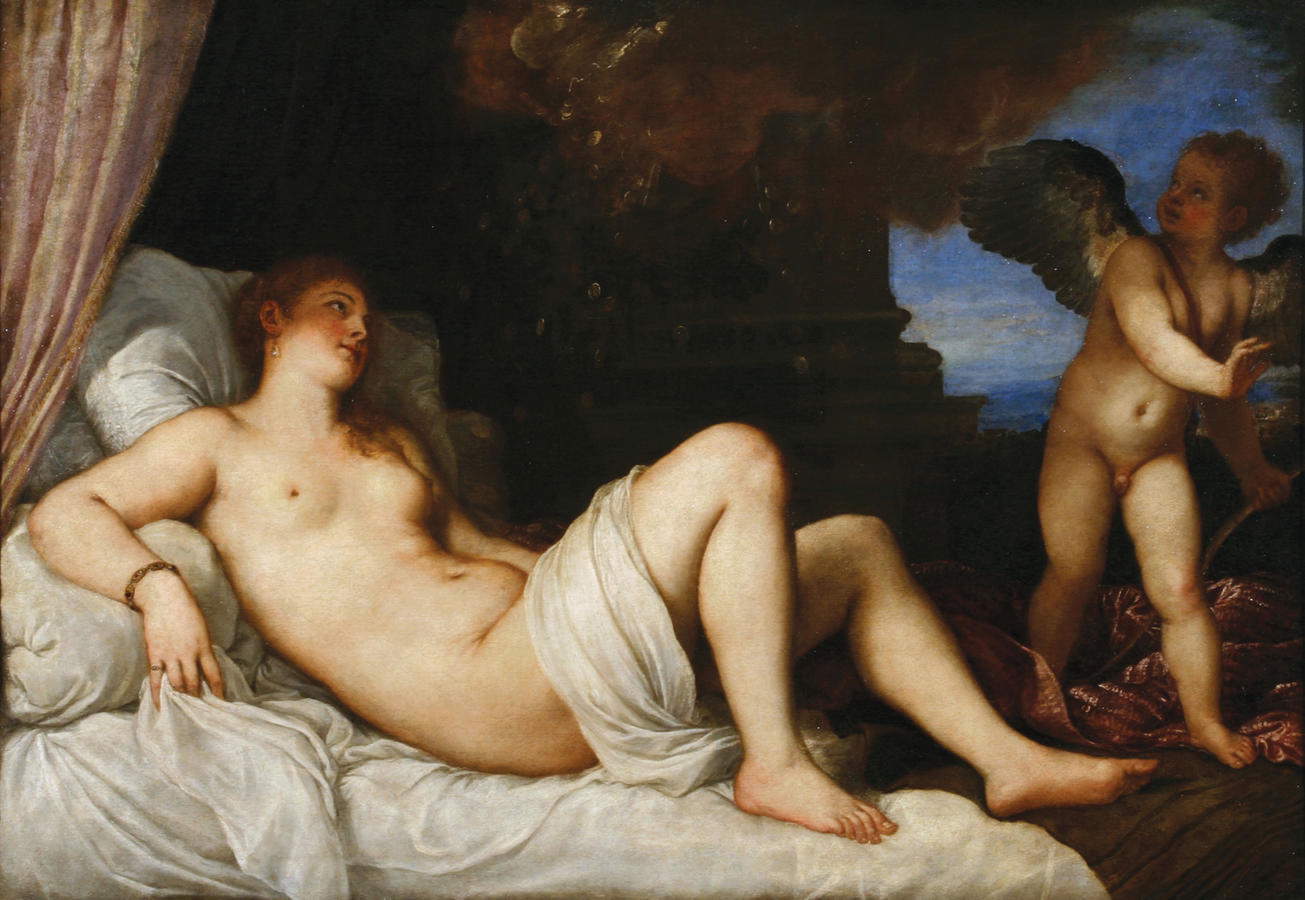
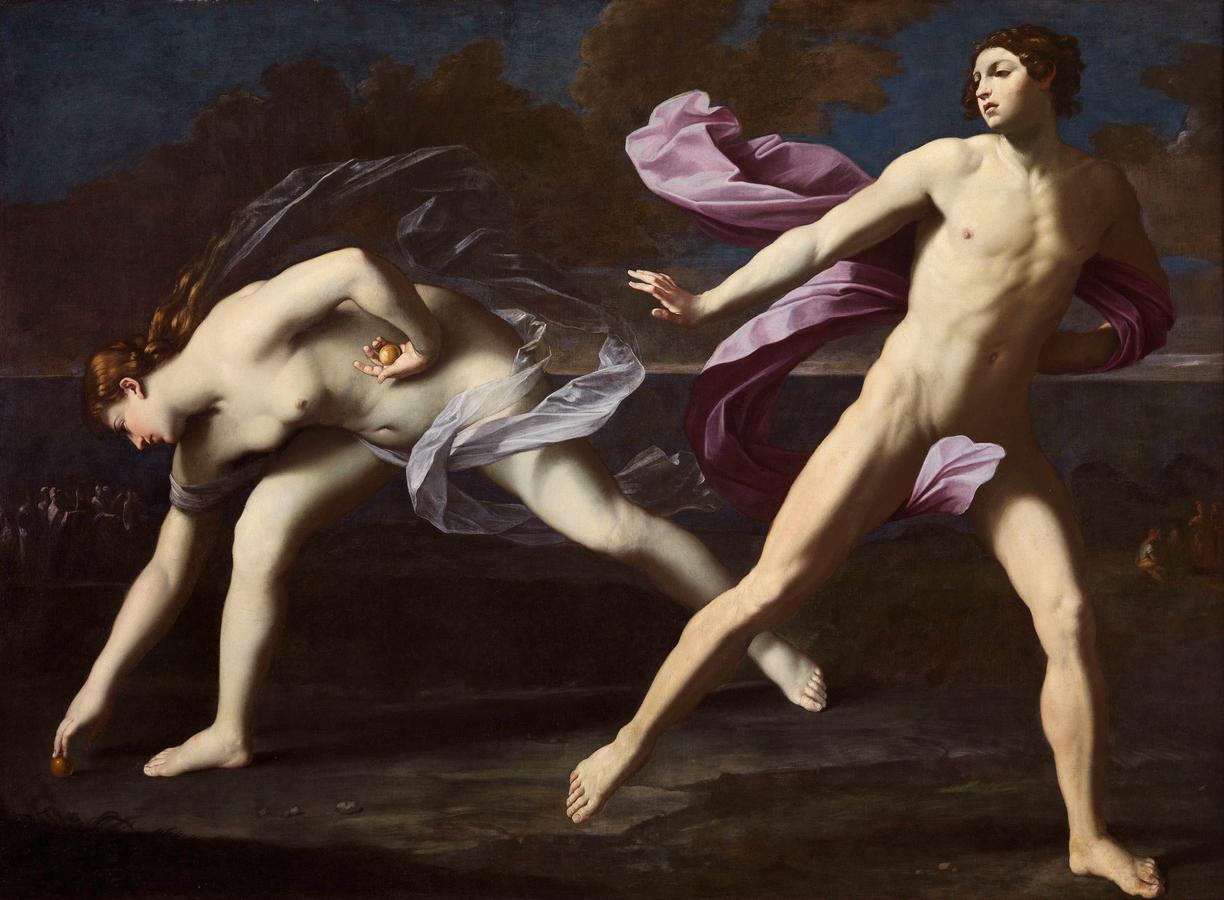
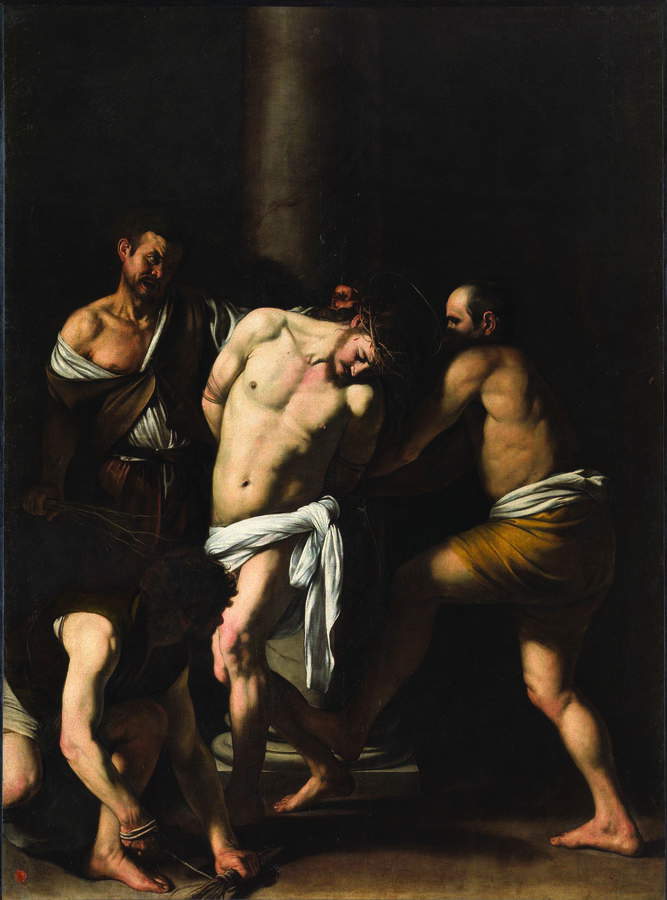
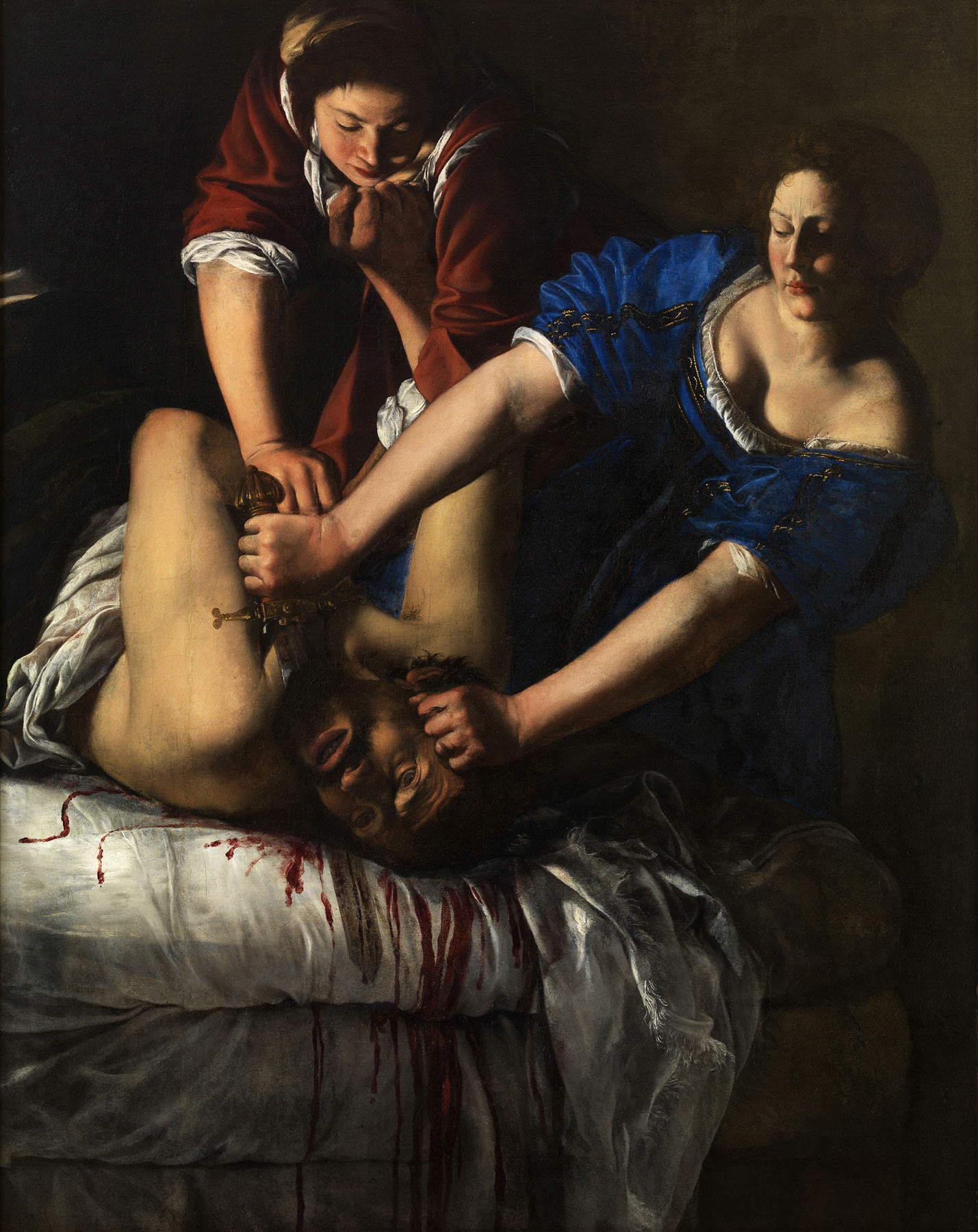
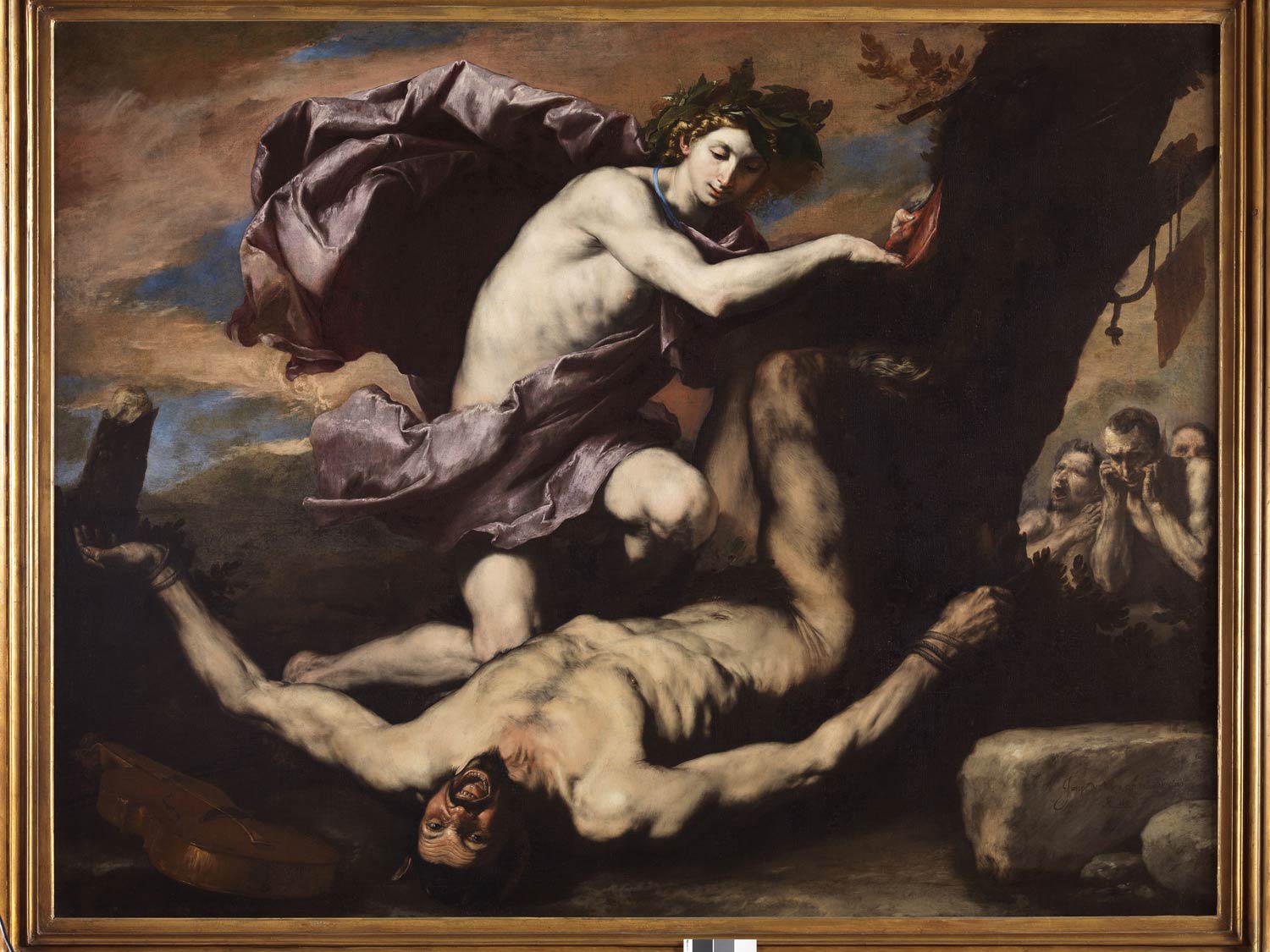
From 1734, with the accession of Charles of Bourbon to the throne, Naples saw the birth of important royal residences, including the Reggia di Capodimonte. This residence, in addition to serving as a base for royal hunts, housed the precious Farnese Collection. The exhibition recounts the era of fervent architectural and urban development that transformed the city’s appearance, with the construction of important buildings such as the Teatro San Carlo and the Royal Porcelain Factory. For more than two centuries, Capodimonte was the residence of sovereigns and princes until the creation of the National Museum of Capodimonte in 1957.
The exhibition also explores the role of the Farnese family, transformed from local nobility to sovereign dynasty in the 16th century. Through works of art commissioned and collected by the Farnese, such as portraits by Titian and creations by Guglielmo della Porta, the family consolidated its power and social status. Particular prominence is given to the figure of the “Great Cardinal” Alessandro Farnese, a patron and protagonist of Roman cultural life in the 16th century, whose artistic collection and art commissions play a significant role in the exhibition. In 1957, Capodimonte took on a new identity by becoming a state museum and welcoming all medieval and modern collections from the National Museum, the former Palazzo dei Regi Studi. During the 19th century, the collections had been greatly enriched by paintings from churches and convents following the suppressions of monastic orders. These transfers had enriched the royal holdings with works mainly from the southern school, including the extraordinary collection of the Quarto dei Priore of the Certosa di San Martino. Among the most significant works is the superb “Saint Agatha” by Francesco Guarino, a chamber painting with a sacred subject that testifies to the exceptional artistic quality present in the collection. Today, Capodimonte is one of the most important museums in Italy.
 |
| At Venaria Reale 70 masterpieces from Capodimonte. Through Sept. 15 |
Warning: the translation into English of the original Italian article was created using automatic tools. We undertake to review all articles, but we do not guarantee the total absence of inaccuracies in the translation due to the program. You can find the original by clicking on the ITA button. If you find any mistake,please contact us.